Space-based Narcissism
Thursday, November 9th, 2006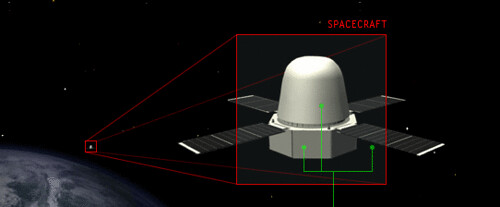
Ok, honestly, what could be cooler than having your name — yes, YOUR name — on a future piece of space junk? Well, I can probably think of a few things (a free donut, a good massage, etc.), but having your name blasted in to space does seem pretty cool.
If you agree, you should check out MIT and Georgia Tech’s Your Name In Space project, which aims to put "America’s most ambitious student spacecraft" up in the sky with the "tax-deductible" support of people looking for their "space in space". The Boson Globe had the story yesterday, but the project website gets a little more specific:
"In 2010, a small unmanned research spacecraft designed by students will launch into Earth’s orbit. The science on board will help pave the way for humankind to explore our solar system. We invite you to participate in this landmark mission by uploading content to be printed on our spacecraft…
Choose a location on the outside of the spacecraft and get pictures of your content photographed in space. Choose a location inside the return vehicle, and after five weeks in orbit we’ll return to you the actual piece of spacecraft hardware which carried your image into orbit."
The best part? Even if you can’t pony up the cold hard cash (a donation as small as $35 gets you a picture of your name or image on the craft before the flight, $250 gets you piece after reentry), you can still send your name up into the heavens. While financial supporters get a photograph of their name/logo/etc. in space or even a piece of the spacecraft following the mission, anyone can provide their name and information and have it encoded on to a DVD that will hitch a ride on the craft during its journey. Sure, it might not be a trip aboard the ISS, but, for now, its the next closest (and far cheaper) alternative.
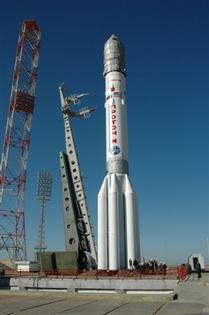

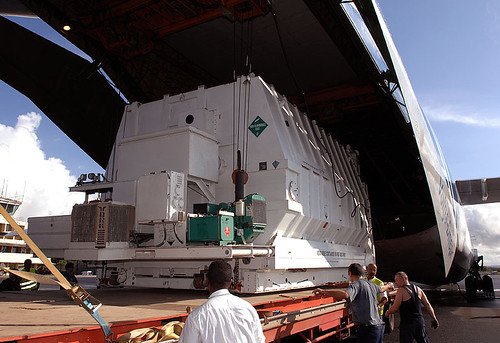
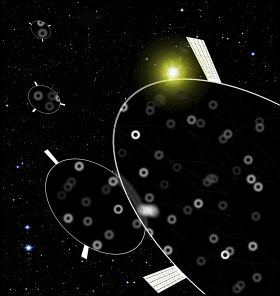 should the ice caps melt and, as
should the ice caps melt and, as 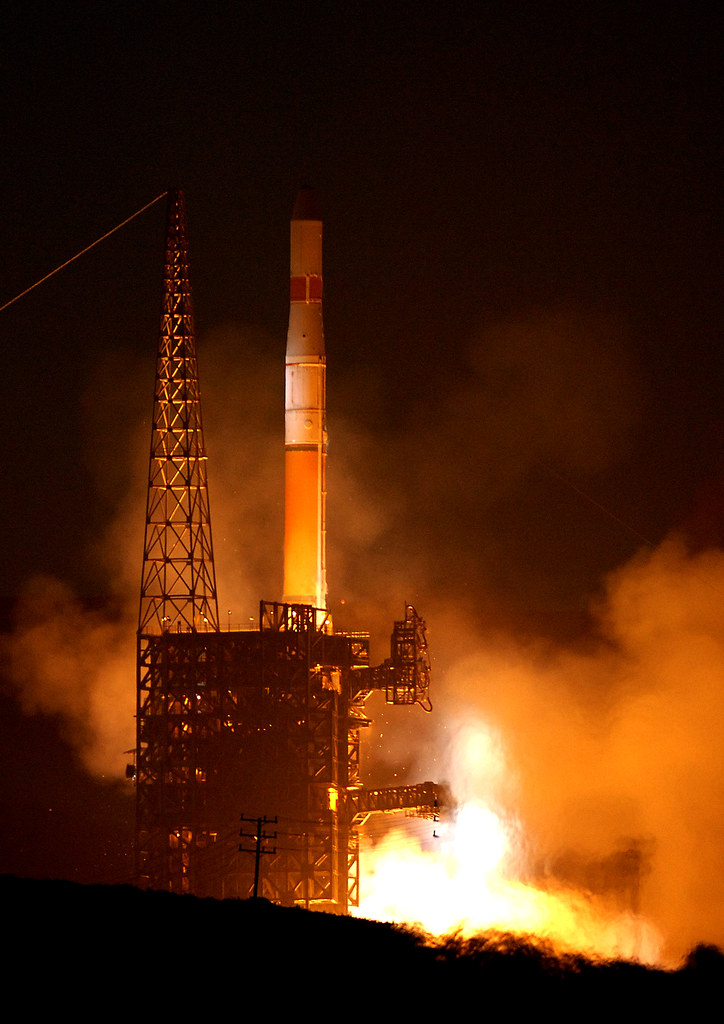
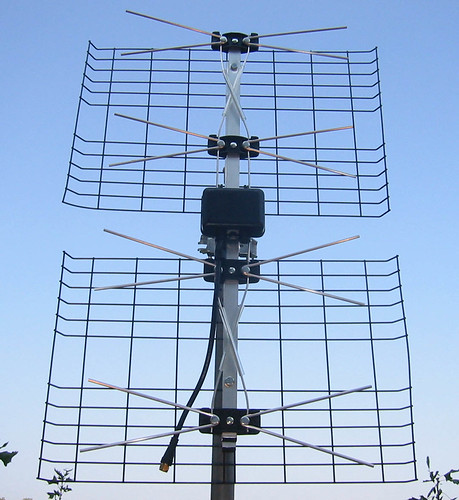 bank buying
bank buying  bit surprising, coming from a country whose widely known for limiting citizen access to the ‘net and censoring any access a citizen does find, the problem is a little complicated:
bit surprising, coming from a country whose widely known for limiting citizen access to the ‘net and censoring any access a citizen does find, the problem is a little complicated: 